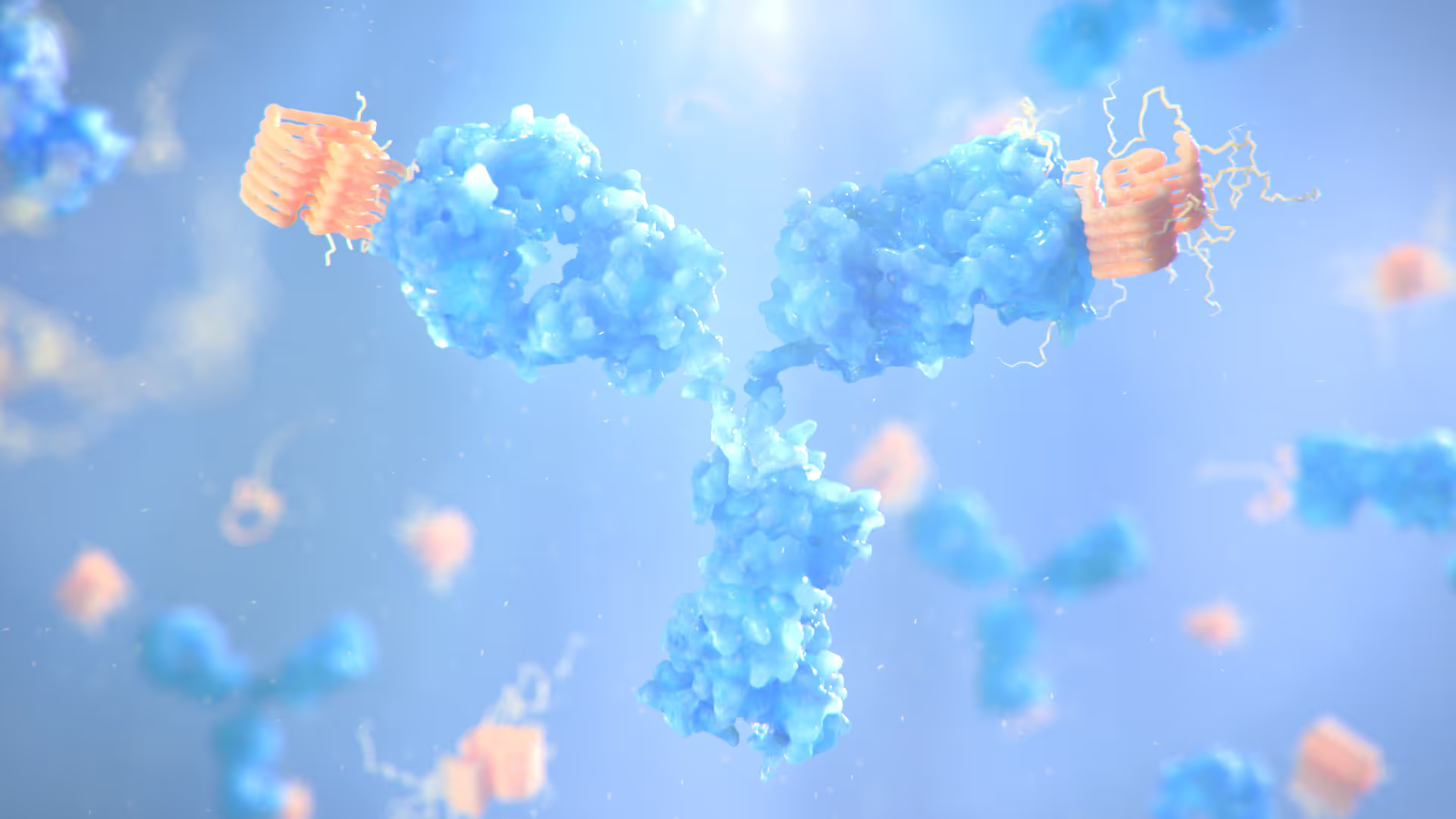“Again: fantastic video. Thanks!”
Chief Medical Advisor, Lundbeck

Last Updated: October 2025
When planning medical or scientific content for pharmaceutical marketing, investor presentations, or patient education, one of the first questions that arises is: should we use 2D or 3D animation? Both have distinct advantages, and understanding the difference will help you make the right choice for your project goals, timeline, and budget.
3D medical animation builds fully dimensional digital models that can be viewed from any angle, with realistic lighting, textures, and spatial depth. These models exist in virtual three-dimensional space, allowing for complex camera movements and photorealistic rendering.
2D medical animation creates movement on a flat plane using illustrated graphics, similar to traditional animation. Elements move across the screen with depth suggested through techniques like layering, shadows, and perspective, but objects themselves remain two-dimensional.


You don't always have to choose one exclusively. Many effective pharmaceutical videos combine both approaches:
This hybrid approach is particularly effective for medical affairs presentations where you need to balance scientific rigor with clear communication.
Neither 2D nor 3D is inherently better – the right choice depends entirely on your specific goals, audience, and constraints.
For a biotech Series B pitch explaining a novel small molecule inhibitor, 3D animation showing precise binding site interactions will demonstrate scientific credibility and innovation to investors.
For a patient recruitment video for a clinical trial, 2D animation creates an approachable, non-intimidating explanation that encourages participation.
For a medical affairs symposium on immunotherapy combinations, 3D visualization of the tumor microenvironment with immune cell interactions delivers the scientific depth your KOL audience expects.
At Fusion Animation, we work with medical affairs professionals, biotech companies, and med comms agencies to determine the optimal approach for each project. Sometimes the answer is clear-cut; other times, a hybrid solution delivers the best results.
The key is starting with your communication objectives: What do you need your audience to understand, believe, or do after watching? The animation style should serve that goal, not the other way around.
Need help deciding which approach is right for your pharmaceutical or biotech project? Contact us to discuss your specific requirements. With decades of expertise in both 2D and 3D medical animation, we'll recommend the most effective solution for your timeline, budget, and scientific communication goals.
Fusion Animation creates scientifically accurate medical animations for pharmaceutical companies, biotech firms, and medical communications agencies.

Please contact us using the details below.
Office
410, Highgate Studios,
53-79 Highgate Road,
London NW5 1TL0
T +44 (0)207 127 6935
M +44 (0)7970 080 690
info@fusionanimation.co.uk